
It seems that Sony has once again proven its knack for keeping mum until the last minute about future gear announcements. Today, alongside two new lenses for the FE system, the brand announced the RX10 III, the third generation RX bridge camera following the original RX10 and its successor the RX10 II.
Given that less than a year has passed since the RX10 II was released, I am sure that many of you are wondering what the main differences are between the two models.
Well, we can reveal right now that it has nothing to do with the sensor or video capabilities. Both have a 1-inch Exmor RS CMOS sensor with DRAM chip and stacked architecture, and the BIONZ X image processing engine. There is only a minute difference between the sensors – the RX10 III has slightly less resolution at 20.1MP compared to the RX10 II’s 20.2MP.
They can shoot in 4K with full pixel readout and no pixel binning and you get the same slow motion capabilities (up to 1000fps) and S-Gamut/S-Log2. The viewfinder and LCD screen are identical, as are the 14fps continuous shooting capabilities and anti-distortion shutter technology.
So, what has changed exactly? Let’s find out by looking at the ten points below!
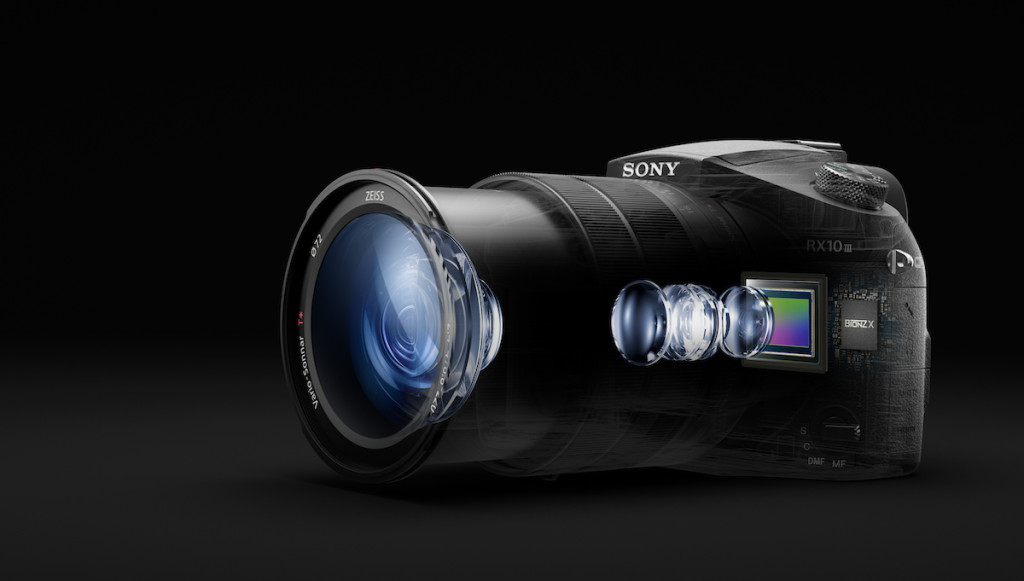
Ethics statement: The following list is based upon our experience with Sony cameras. We were not asked to write anything about these cameras, nor were we provided any compensation of any kind. All opinions we express are our own. Within the article, there are affiliate links. If you buy something after clicking the link, we will receive a small commission. To know more about our ethics, you can visit our full disclosure page. Thank you!
1. A brand new 24-600mm f/2.4-4 super zoom
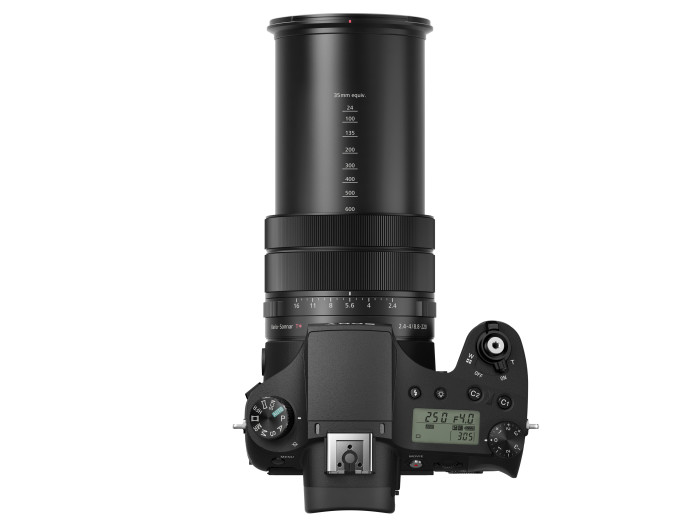
Let’s start off with the most significant difference. Unlike the RX10 II, which had an already decent reach of 24-200mm (35mm format equivalent), the new RX10 III boasts a focal range of 24-600mm which equates to a 25x optical zoom. That’s triple the zoom of the RX10 II! With a range like this, the RX10 III should prove the perfect all-in-one solution for landscape, travel, sports and wildlife photography.
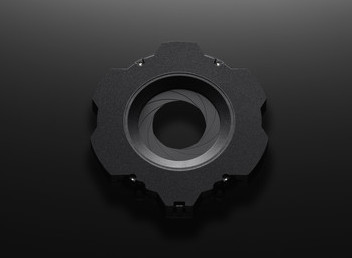
The RX10 II has the benefit of a constant f/2.8 aperture, which can be very useful in poor light and can produce a nicer bokeh than zooms with a slower aperture range. The RX10 III, being so much longer, has had to sacrifice this fast constant aperture for an f/2.4-4 aperture which is still very decent.
2. SteadyShot with 4.5 stops of exposure compensation
According to Sony, the RX10 III is capable of delivering 4.5 stops of exposure compensation thanks to its Optical SteadyShot algorithm, even when shooting hand-held in ultra-telephoto or low-light conditions. This contrasts with the 3 stops of the RX10 II.
3. An improved grip
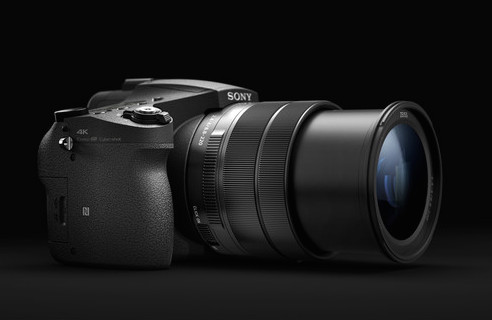
Sony has improved the shape of the grip on the RX10 III to enhance grip security when holding the camera at eye-level. The grip of the RX10 II is already quite comfortable but it is nice to see that Sony hasn’t ignored the importance of good ergonomics in its relentless quest to deliver breathtaking specifications.
4. More buttons (Focus Hold and Custom buttons)
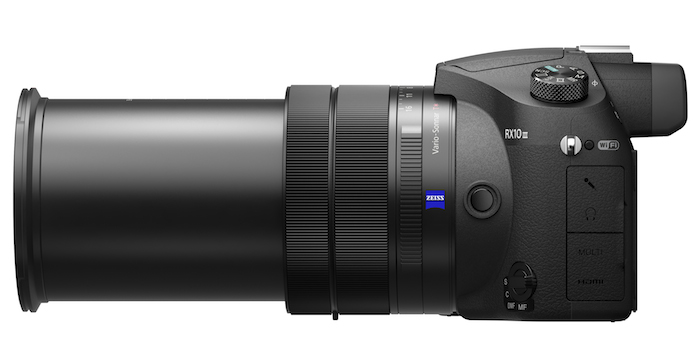
The addition of a Focus Hold button on the RX10 III’s lens barrel will make it possible to lock the focus distance. It can also be assigned as a custom function button.
On top, there are now two custom buttons like the A7 II generation. You can also assign more options to them (58 versus 40 on the RX10 II to be precise).
5. Triple lens rings
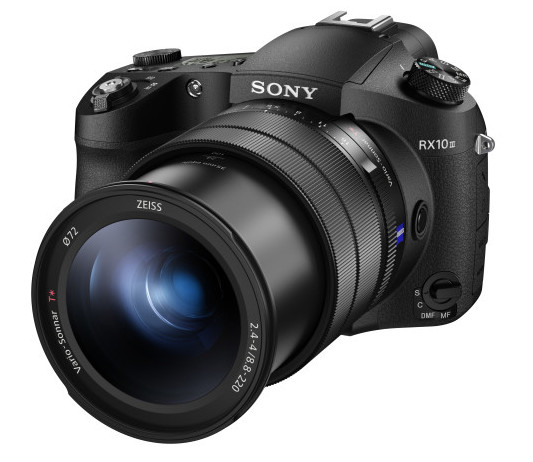
The RX10 III features triple lens rings for focus, zoom and aperture, each operable on the side of the lens for smooth operation in both still and video modes.
The RX10 II has only one ring in addition to the aperture ring. It can be used to either zoom or manually focus depending on the settings you’ve selected. The triple rings on the RX10 III should make operating the camera more precise and constant regardless of the shooting mode or AF mode you’re in.
6. Zoom Assist
A common occurrence with ultra-telephoto zooms is that you lose track of your subject when framing at the longest focal lengths. The RX10 III provides a solution in the form of Zoom Assist. You can now press and hold down the C (custom) button when it is set to Zoom Assist and the lens will automatically zoom out, give you the chance to re-frame your subject, and zoom back in again when you release the button. Considering that the zoom mechanism is electronic, it will be interesting to see how fast the lens can zoom in and out in these situations.
7. File naming
You can now change the first three characters of the file name. Instead of the default “DSC”, you can now choose three characters of your choice.
8. Enhanced zebra pattern
You can now select a brightness level between 0 and 109%. You can also set a range between +10% and -10% of that value to have the zebra pattern indicate areas with that level of exposure within that range.
9. The size and weight
The RX10 III remains a fairly compact camera considering its zoom but at 1095 grams, it weighs 282 grams more than the RX10 II with the battery, and is a little larger at 132.5 x 94 x 127.4mm.
10. Built-in ND Filter
It appears that the new RX10 III lacks a built-in ND filters, which was present on the RX10 II. It was very helpful for video because you could use “optimal” shutter speeds even in daylight such as 1/50s or 1/100s.
Articles like this one:
- 10 Key Differences Between the Sony a6000 and a6300
- 10 Key Differences Between the Sony a6300 and Sony A7 II
As usual, only a complete comparison between these two cameras can determine which is better (if we can ever come to such a definitive conclusion). However, it is clear that as long as you don’t need those 400mm of extra reach from the RX10 III, you will find the second generation RX10 II more than suitable if bridge cameras with a flexible constant aperture zoom appeal to you.
The fact that the specifications for still image shooting and video are identical suggests that both cameras will deliver the same quality. One of the main strengths of the RX10 II (and its little sister, the RX100 IV) is the slow HFR (High Frame Rate) performance, and according to the official specifications list, the low resolution used at high frame rates (250fps, 500fps and 1000fps) is identical to the RX10 III. This means that the slow motion quality should be pretty much the same.
You can get a good idea of the quality by watching the video below which we shot a few months ago with the RX10 II.
Obviously, being a completely new product, the RX10 III is more expensive than its predecessor. In the US, it is expected to cost in the region of $1,500 while the RX10 II is currently priced at around $1,300, though I’m sure it will come down in price now that the RX10 III has been announced.
If you’d like to find out more about these two cameras, you can read our full news article about the RX10 III and check out the recommended reviews below.
